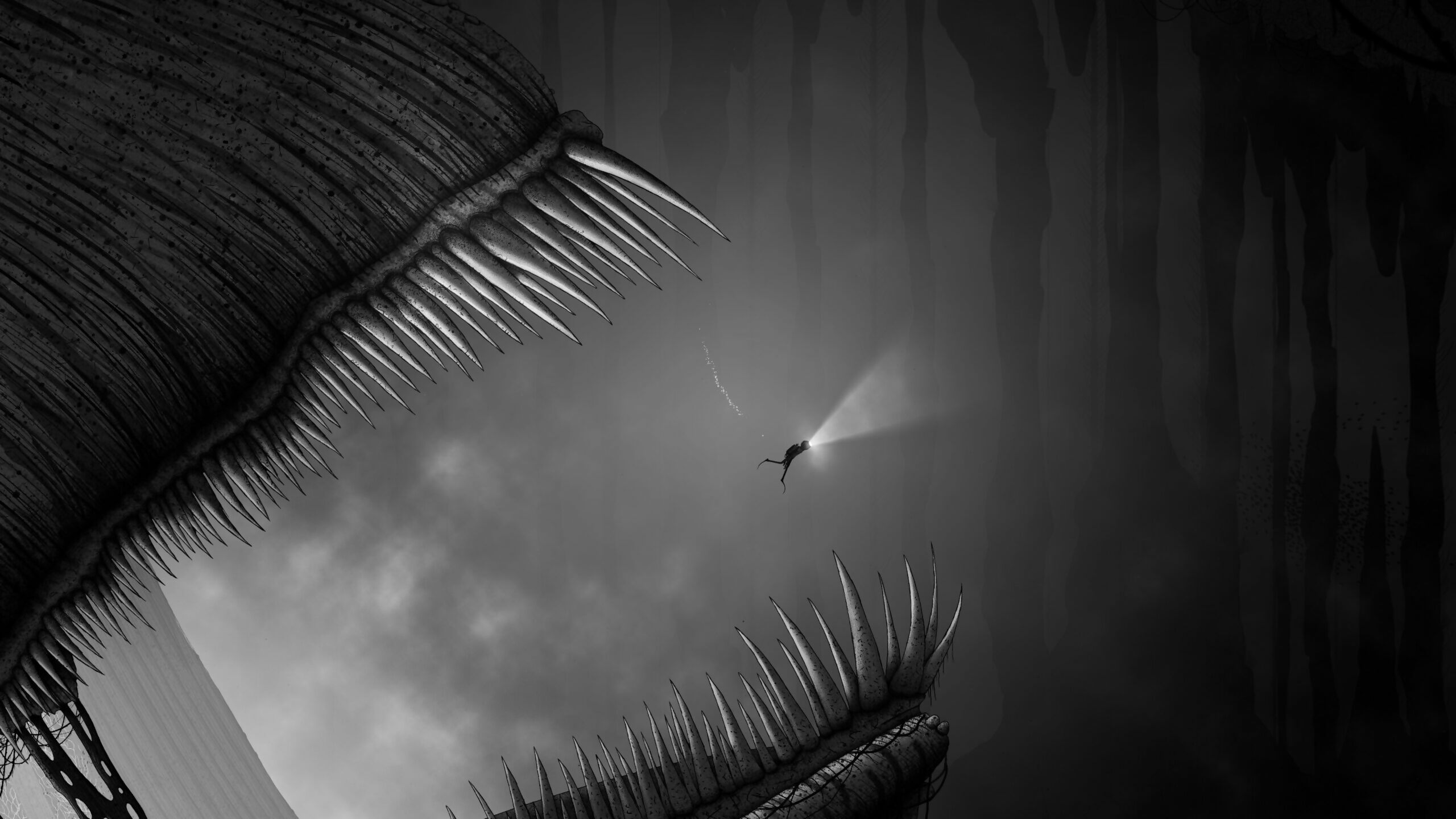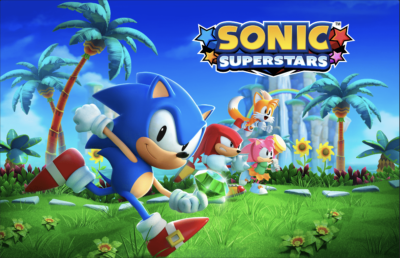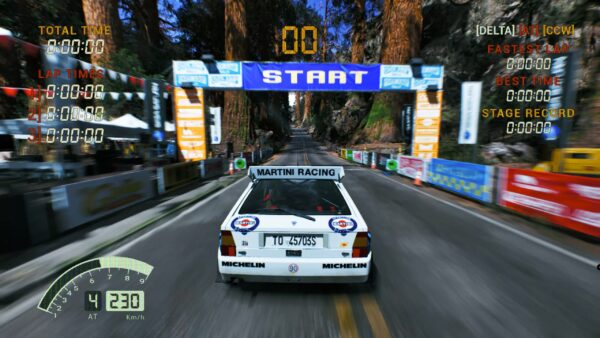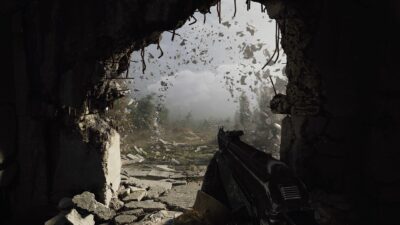
In the murky depths of a drowned world, you’re a solitary diver journeying to an uncertain destination. With no weapons to speak of, and only your skimpy suit for protection, you cut a thin, vulnerable figure against the vast backdrops of abandoned structures and strange aquatic creatures. All that stands between you and a lonely death is your miraculous ability to psychically control fish. It’s an ability that allows you to use undersea life to nibble through chains with their sharp teeth, or wriggle through tight spaces.
This is Silt, the debut game from British developer Spiral Circus. It’s a 2D adventure heavy on exploration, and even heavier on captivatingly surreal imagery. Silt’s monochrome, ornate imagery comes courtesy of artist Tom Mead, a fine artist who’s spent the past three years turning his watercolour artwork into a video game. “I’d say I am a born surrealist, and the visual ideas of this game are predominantly just how my mind works,” says Mead. “I have to start from imagination first. I simply can’t draw any other way, come up with an idea that I’m happy with from a visual point of view, then make it into something that can be feasible for a project of this type. Having to think in terms of feasibility and technical limitations took some getting used to.”
The genesis of what would become Silt began with a chance encounter at a New Year’s Eve party. Mead bumped into Dom Clarke, then a research scientist who was interested in making a video game. Mead suggested they collaborate, and so the pair met a few days later to talk about what sort of project they might make. “It was at this meeting that I showed (Clarke) a series of watercolour paintings I was doing of my characters drowning in a vast, empty underwater abyss,” Mead tells us. “One of them was called Silt, and the project was born from there.”
Together, Mead and Clarke set up their indie studio, Spiral Circus, and with their debut project’s title and theme decided, began searching around for a means of getting the game funded. “After our initial meeting, myself and Dom applied to the Stugan accelerator program in 2018, and very fortunately we got accepted,” Mead says. “So Dom and I spent eight weeks in rural Sweden with a group of other game developers who were also building out their new projects. We built the initial pitch demo and fleshed out the core concepts, visual ideas, and game mechanics there. That demo is what we pitched to Sold Out, our publisher, and it’s what got us the funding to make the whole game.”

The detail and texture in Silt is such that it’s hard to believe that the artwork hasn’t been drawn on paper.
What’s so remarkable about Silt is that, although it looks for all the world like a hand-rendered watercolour drawn to life, the artwork was all generated digitally. “I would love to say it was all hand-drawn traditionally as I normally would have done in the past,” Mead says. “But due to this being our first game… ultimately, I had to simulate the hand-drawn feel. I did draw the entire game by hand, just not entirely in a traditional manner, as I feel that if I had done that, it may have sunk the project before it got started – pun intended!”
With Mead handling the art side of things, Clarke set about designing a pipeline which could efficiently import that 2D artwork straight into Unity. “I built a set of tools that lets Tom do all the art in Photoshop, and then I can take those Photoshop files and run scripts on them to get them into the game,” Clarke says. “The scripts work their way through the layers, break them into smaller pieces, and place them into the scene in Unity in 3D. It generates the collision shapes, the entrances and exits and what other scenes they lead to, even some of the interactions and gameplay elements, all directly from the Photoshop files.

Your unnamed explorer can get out of sticky situations like this by harnessing the power of nearby creatures.
“The tools we’ve written can just automatically wire that up correctly in Unity so we can see it in-game immediately after Tom has finished the art. It allows Tom to work with the tools he’s already used to from his art career. He can just work the way he likes and not have to fight with tools he’s not (familiar with). Developing that toolchain was a major part of the first year of work on Silt, but it has paid off enormously in the long run.”
Swimming through Silt’s gorgeous undersea world, it’s possible to see hints of artist/filmmaker Tim Burton, or the cross-hatched artwork of the illustrator that inspired him, Edward Gorey. In video game terms, though, its clear antecedent is the similarly shadowy and nightmarish Limbo – Playdead’s indie darling from 2010. Both Mead and Clarke eagerly point to that game as a reference point for Silt. “Limbo’s the reason I got excited about games again,” says Mead. “I knowingly stopped playing games in the N64 days as I wanted to focus more on my art, and at the time there were no games that were, in my eyes, applicable for work like mine. When I saw Limbo, it made me realise my style may be able to work for games, or at least that there was a kind of ‘art renaissance’ in the indie game world, which was very exciting.”

There are hints here and there of a bygone civilisation drowned by rising sea levels.
“Limbo was a big part of that first wave of amazing indie games on the old Xbox Live Arcade,” Clarke adds. “I don’t think I’d ever considered it possible to ‘just make a game’ before I played those games. Suddenly we had small studios making new IP and that being a really viable business model. Of course it was just one of many great games that came out on that service, but it was one of the first ones I really got into.”
Like Limbo, Silt uses contrasts of light and shade to imply a vast ocean that stretches beyond the bounds of the screen; away from the graphics, though, there’s Nick Dymond’s sound design – an eerie sonic backdrop that does much to underline the game’s echoing sense of solitude. “I decided very early on that I wanted the audio to lean into expressionism, and while the game needed to feel underwater, I wanted it to maintain a full-frequency sound,” Dymond tells us. “To help achieve this, I used a small subset of sounds close to the player to sell the aquatics. This included water movement, muffled head impacts, and the breathing apparatus within the helmet. This then left room for me to fill out the rest of the spectrum in a painterly fashion without worrying too much about each sound feeling specifically ‘underwater’.”

As well as exploration, Silt presents some devious puzzles: many will require you to use your fish possession skills to solve them.
Brilliantly, Dymond came up with some distinctly analogue approaches to capturing those aquatic sounds. “I built a small water tank in my studio that has a speaker and hydrophones floating around inside,” he continues. “I used this to record water movements, but more interestingly, I could pipe all sorts of sounds back into the tank and re-record them through the hydrophones. Some of the ambiences and creature sounds have additional layers of these re-recordings within them. This process helped create some of the gritty sonic identity present in the sound design. In terms of trying to make the game world sound large, there’s quite a lot of baked echo and reverberation in louder sounds, along with some exaggerated real-time filtering happening at runtime on certain events.”
For both Mead and Clarke, adapting their skills to the process of making their first commercial video game proved to be their biggest challenge. Mead had to get used to the leap from traditional rendering techniques to creating digital artwork; at the same time, Clarke had to adapt to building and evolving a full game project. “I spent years before meeting Tom just building prototypes and game-jam-style projects and throwing them away once they reached a certain level of complexity because I just didn’t know how to build software that scaled well,” Clarke explains. “I think Tom and I met at a good time for me; I’d failed just enough times and learned just enough from each failure to have a decent shot at getting it at least half-right the next time. Nothing prepares you for how much work really goes into finishing a game, though.”

Taking inspiration from filmmaker David Lynch, Silt’s story is open to interpretation, with bits of lore implied by the things players find on their travels.
After approximately three years in development, Silt is nearly ready: the art and animation is all complete, Mead says, and the finish line is in sight. “It’s very exciting to finally get to the end, and we hope there’s going to be many, many more projects to come. This has been an absolute journey, and our team have been Herculean in their efforts to get this done. We feel very happy to get to this stage and cannot wait to finally have it out there for everyone to play.”





